Why Printing Inspection Systems Can be Used Across Various Industries
Printing inspection systems have evolved from their original role in the printing industry to becoming vital instruments in a variety of industries. Originally intended to ensure print quality, detect flaws, and maintain production standards in the printing industry, these systems have evolved. Their versatility, precision, and efficiency, on the other hand, have led to their incorporation into a wide range of sectors, improving quality control and efficiency in a variety of industrial manufacturing processes.
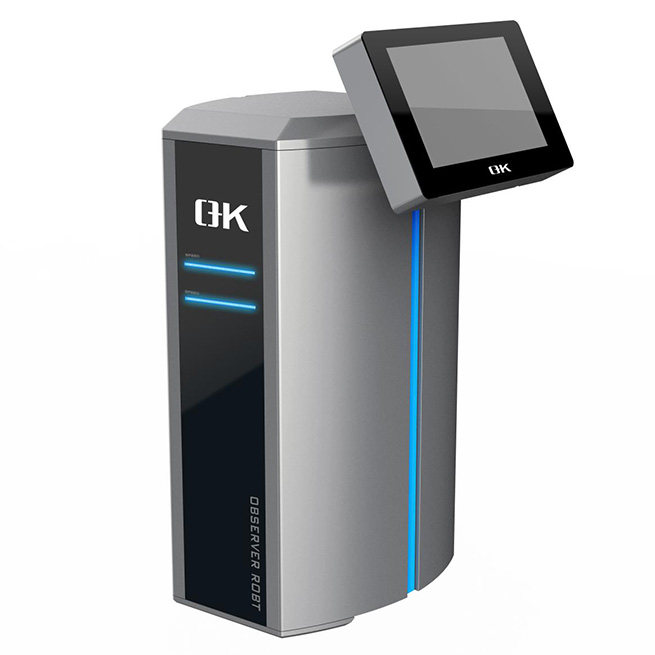
The Evolution of Printing Inspection Systems
Since their debut, printing inspection systems have come a long way. These systems were formerly employed in printing presses to detect printing faults such as smearing, misalignment, or color irregularities. They were critical in ensuring the quality and consistency of printed materials.
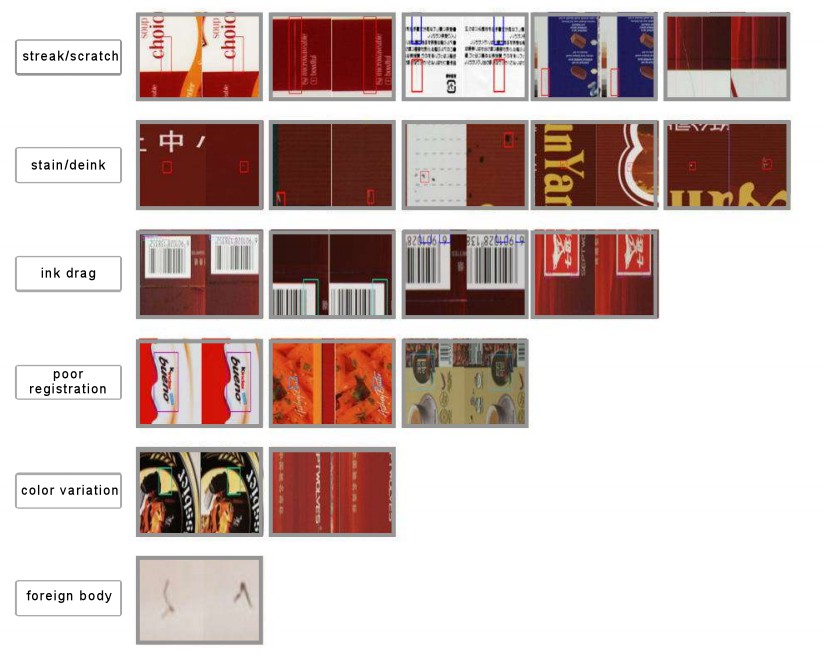
However, advancements in technology, particularly in the fields of computer vision, artificial intelligence, and automation, have transformed these systems into versatile tools with broader applications. The evolution of printing inspection systems can be summarized as follows:
Enhanced Imaging Technology
Modern printing inspection systems use high-resolution cameras and powerful image sensors capable of capturing minute details and faults with amazing clarity. This level of precision enables them to detect even little flaws in varied materials.
Advanced Algorithms
The incorporation of machine learning algorithms and artificial intelligence has substantially enhanced these systems’ capabilities. They can now detect faults in real time, classify anomalies, and react to changing production conditions.
Expanded Applications
Printing inspection systems now extend beyond traditional printing processes. They are presently used in a variety of industries including packaging, pharmaceuticals, electronics, automotive, textiles, and others. Because of their adaptability and versatility, they are valuable assets in a variety of manufacturing contexts.
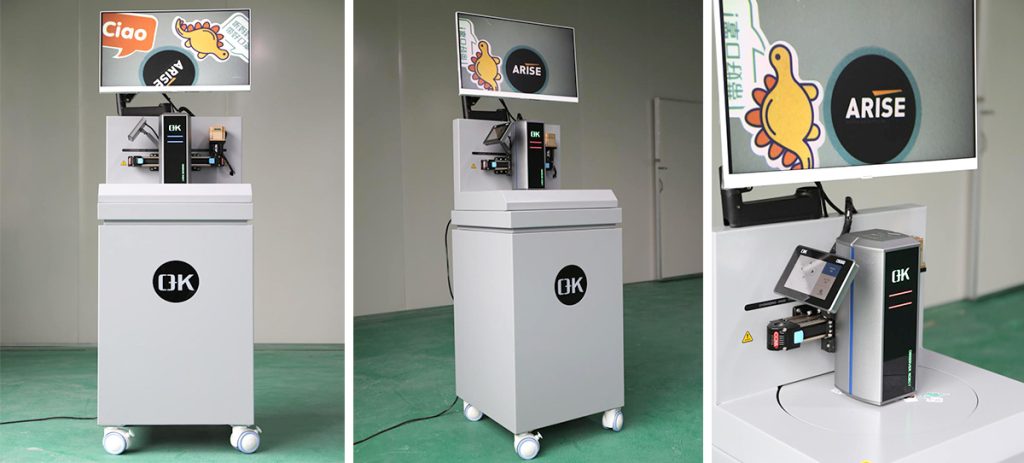
Applications Across Industries of Printing Inspection Systems
Packaging Industry
Printing inspection systems are critical for guaranteeing packaging material quality and accuracy. They can detect flaws in labels, cartons, and flexible packaging, assisting in the prevention of packaging and labeling problems that could lead to costly recalls.
Pharmaceutical Industry
Precision and quality control are critical in pharmaceutical manufacture. Printing inspection systems are used to ensure the accuracy of printed information on drug labels and packaging, hence assuring patient safety and regulatory compliance.
Electronics Industry
Miniature components and minor flaws in electronics manufacture can have serious repercussions. These systems are used to inspect printed circuit boards (PCBs) for soldering, component placement, and trace continuity issues.
Automotive Industry
Printing inspection systems in the automotive industry help to assure the quality of printed materials used for labeling, instruction manuals, and ornamental elements. They are critical in ensuring brand consistency and quality in automobile products.
Textile Industry
Textile printing inspection systems are used to check for color consistency, pattern alignment, and flaws in fabric prints. They contribute to the production of high-quality fabrics used in fashion, home furnishings, and other applications.
Food and Beverage Industry
Accurate labeling and packaging are required in food packaging to comply with rules and assure consumer safety. Printing inspection systems ensure that labels and packing materials are accurate, lowering the chance of errors.
Aerospace Industry
Precision and quality control are critical in the production operations of aerospace industries. Critical printed components are examined using printing inspection machine, such as circuitry on aerospace components and labels.
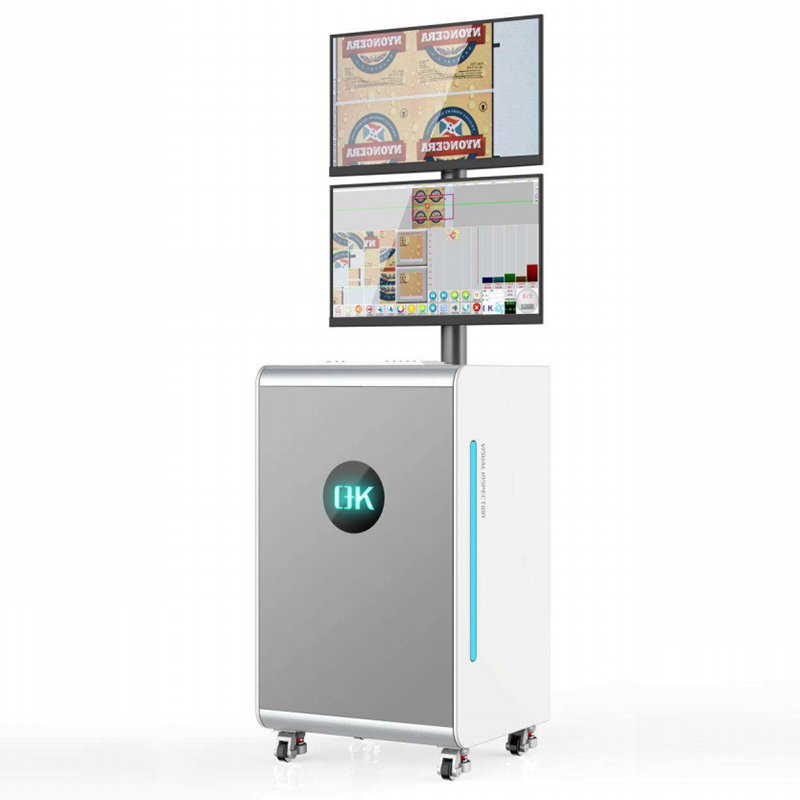
Benefits of Printing Inspection Systems Used in Various Industries
The widespread adoption of printing inspection systems across industries offers several key benefits:
Quality Assurance
These systems enhance product quality by detecting defects early in the manufacturing process, reducing waste, and preventing substandard products from reaching consumers.
Cost Reduction
By identifying defects and errors promptly, manufacturers can reduce production costs associated with rework, waste materials, and product recalls.
Efficiency
Automated inspection processes improve production efficiency by providing real-time feedback and reducing the need for manual inspections.
Compliance
Printing inspection systems provide the accuracy and consistency required by industries with stringent regulatory requirements, assuring compliance with norms and regulations.
Brand Reputation
Delivering high-quality items on a consistent basis helps to establish a positive brand reputation and develops consumer trust.
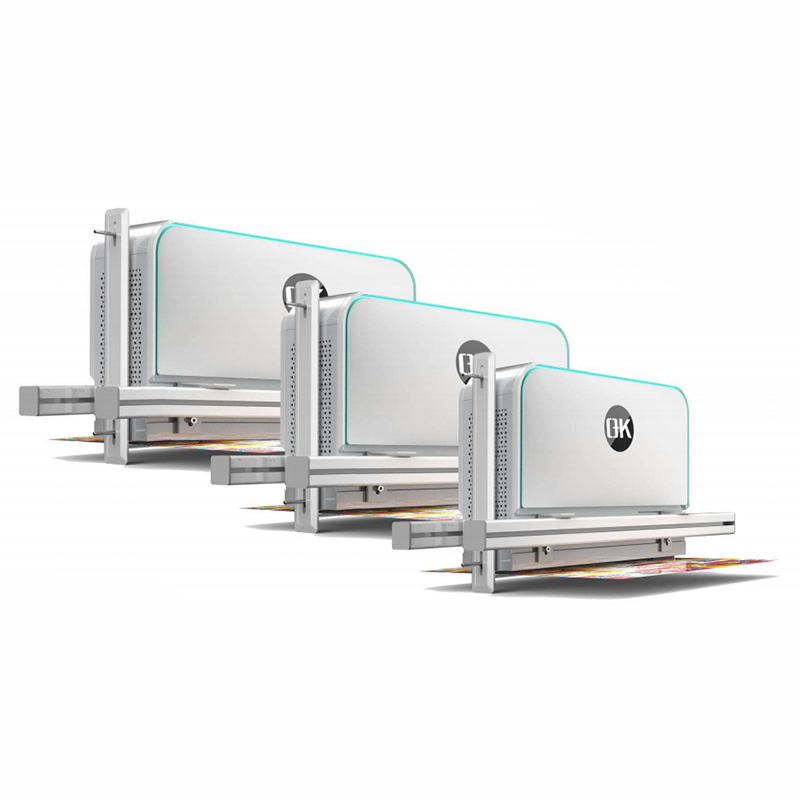
Conclusion
Printing inspection systems have grown from their origins in the printing industry to become flexible equipment with numerous uses in various manufacturing sectors. Their cutting-edge imaging technologies, machine learning skills, and precision are critical in quality control, efficiency, and compliance. As technology advances, we may expect printing inspection systems to have a greater impact, contributing to higher quality and productivity in a variety of industries.


